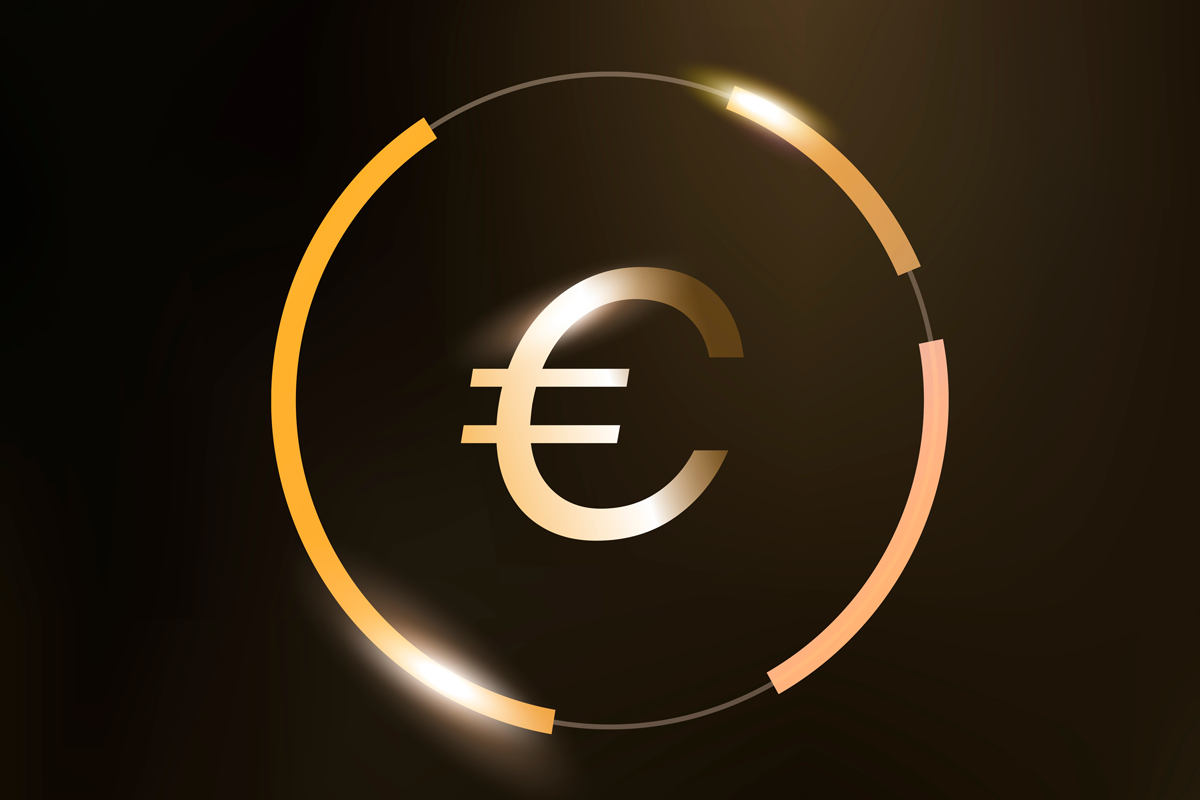
The digital Euro is poised as the future of finance in Europe This initiative, developed by the European Central Bank (ECB), seeks to issue a digital currency equivalent to cash. It aims to offer a secure, reliable alternative to the growing demand for digital payments, not replacing physical currency, but functioning alongside it.
The ECB drives this initiative in response to the need to adapt to the digitization of the economy, and the digital euro is expected to be as secure, easy to use, and reliable as cash.
In Spain, an experimental program involving a digital token called EURM is being carried out. Unlike the digital euro, this token is considered a wholesale central bank digital currency (w-CBDC), intended for interbank operations. The Bank of Spain has selected partners for the project, which will remain in a testing phase until the end of 2023.
It’s important to note that the digital euro differs from cryptocurrencies in several ways. The digital euro would be backed by the ECB, which would guarantee its value, whereas the stability of cryptocurrencies depends on the entity issuing them. Additionally, the digital euro would be subject to banking regulation, which is not the case with cryptocurrencies.
The digital euro is envisioned as an electronic payment method within countries that have the euro as their official currency. Furthermore, it could be used to make payments via card or mobile application, offering an additional option for individuals and businesses within the eurozone.
Currently, the digital euro is in an investigation phase, where the ECB and central banks of eurozone countries are working on its design. This phase is expected to conclude in October 2023, after which it will be decided whether to move to the phase of developing integrated services and conducting real tests.
The launch of sovereign digital currencies or CBDCs responds to the rise of cryptocurrencies and the development of digital payments. However, these digital currencies face several challenges, such as the need to be secure, robust, compliant with the law, and guarantee their users the highest level of privacy.
The future of the digital euro looks promising, but it requires careful design to ensure that its implementation does not have adverse effects on the financial sector and the economy in general. The ECB insists that the future digital euro should be used only for making small electronic payments, and not as a form of investment.
Over 346 million Europeans use the euro as their currency, and the introduction of a digital euro could dramatically change the way we conduct transactions. However, there is still much to be done and many decisions to be made before we see a digital euro in circulation.
Ultimately, the introduction of the digital euro would strengthen the monetary sovereignty of the eurozone and promote competition and efficiency in the European payments sector. For now, the future of the digital euro is painted full of promise and challenges.





